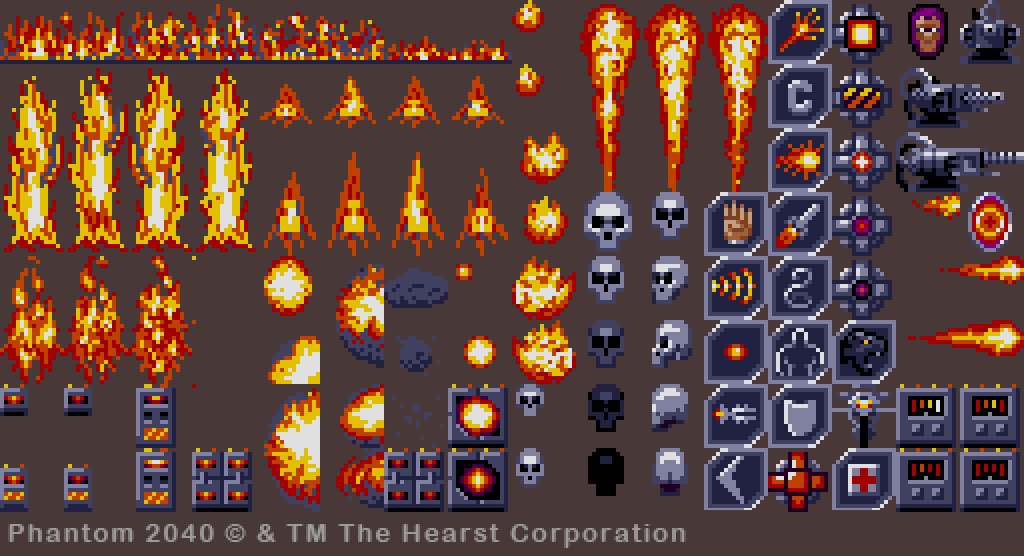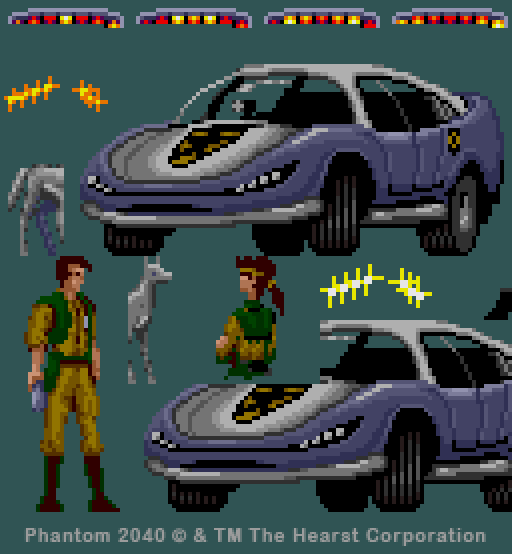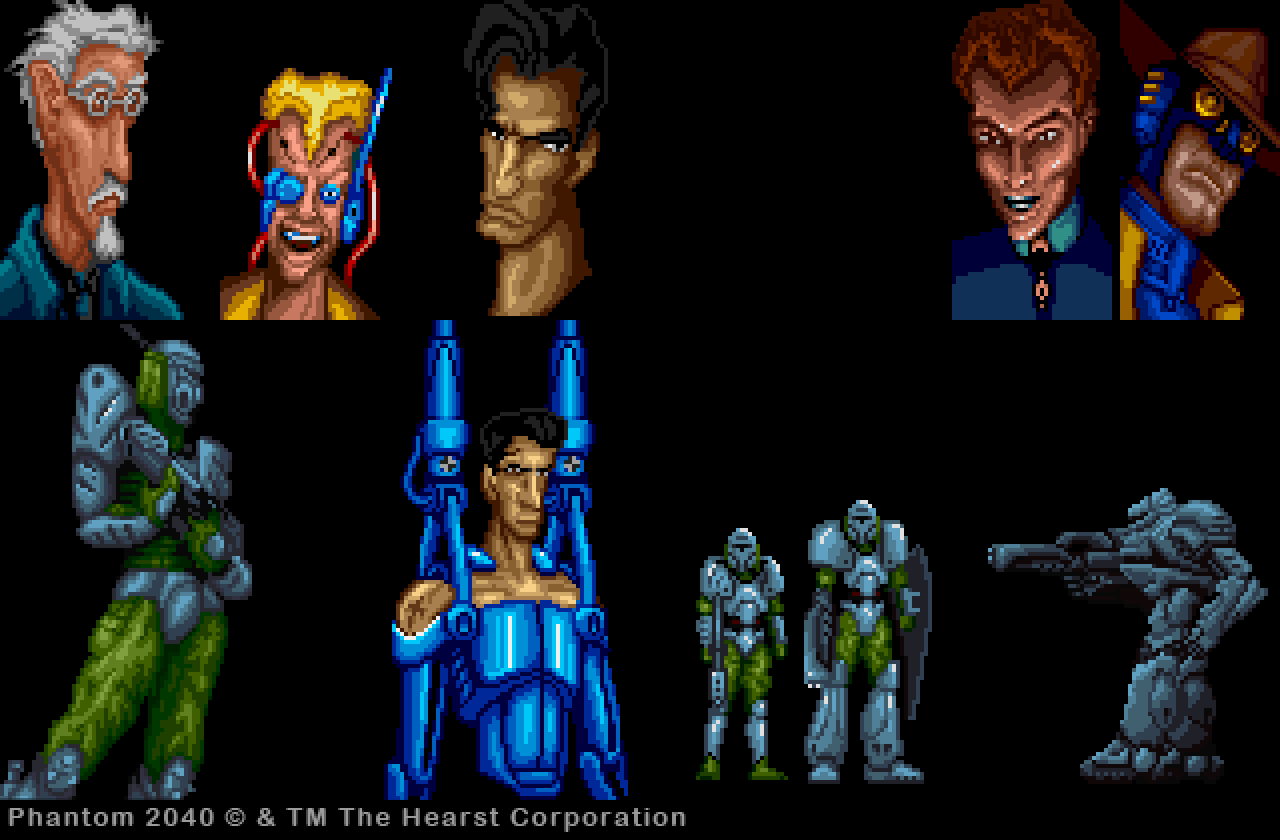Behind the Scenes of the Phantom 2040 Video Game (2 of 2)
- Joe Douglas
- Feb 14, 2020
- 2 min read
Updated: Oct 23, 2022

A HUGE “thank you” must go to Brian for spending some of his precious time with us answering all of our phanboy questions which you can find in article 1. However, his generosity does not end there as he also provided us with a heap of wonderful content from his time making the game.
Brainstorming Notes
Photos of notes from brainstorming sessions about enemy and end boss behaviors. Notes made both by Brian as well as the game’s producer.
Cart Photos
Detailed photos of the Super Nintendo Entertainment System release, including the original poster that it shipped with, the instruction book and an unopened, mint in box SNES cart that Brian didn’t realise he had until looking through his stuff for this interview!
Game Design Document
A few photos of interesting sections from Brian’s copy of the Phantom 2040 game design document.
"This document is an overview of the game created to show the higher-ups what we were building," Brian says “It doesn’t contain too much in the way of detail (enemy behavior, script, level layouts, etc). That was just the way things were done back then, as we didn’t have the time to document everything on a project that might last only 9 months. I was never happy with that, and this was the last project I worked on that had such a bare bones GDD – going forward as sole Lead Designer on projects, I always made sure we had good documentation, so that, (and I quote my Producer from post Phantom games) “if the game designer got hit by a truck, the team would still have everything they needed to finish the game.”
Show Materials
Documents the Phantom 2040 licensor put together to communicate the style and intent of the show. This includes an overview of the show, episode synopsis, and cast list. Brian says “You’ll note that the documents talk quite a bit about the “educational” elements of the show. I believe that was stuff the makers of these shows used to put together to help the networks convince the government that their cartoons (sometimes quite dubiously) fulfilled part of each U.S. broadcaster’s requirement to air “educational” programming.” You can read more about that HERE.
Storyboards
Brian says “The only finished storyboard I still have (actually, a photocopy). These were done by me and sent to the animation studio that was creating the show. They would then use them as a guide to create the interstitial scenes for the game. We would get those drawings back, scan them in, and turn them into pixel art for the final art in the game. We did this for key scenes, but I believe other scenes were done in house.”

Sprites
Brian was kind enough to share with us some of the original sprites (2D images used for the game's graphics) used in the creation of the game.








































































